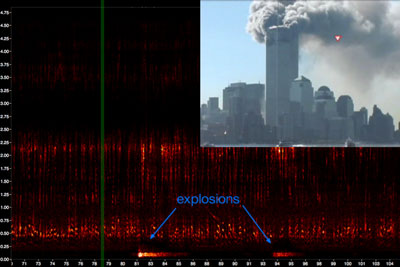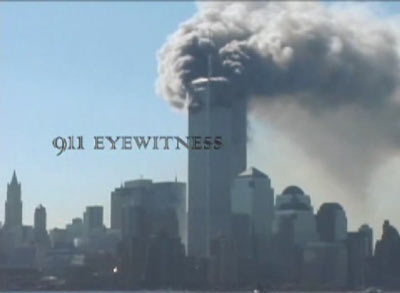with scrolling audio analysis:

480x360 - 32.9MB - Quicktime/Sorenson 3

480x352 - 17.3MB - Quicktime/Sorenson 3
|
video of the South Tower collapse and proceeding 4 minutes with scrolling audio analysis: |
same clip without audio analysis: |
southtower.hoboken03.mov
480x360 - 32.9MB - Quicktime/Sorenson 3 |
southtower.hoboken01.mov
480x352 - 17.3MB - Quicktime/Sorenson 3 |